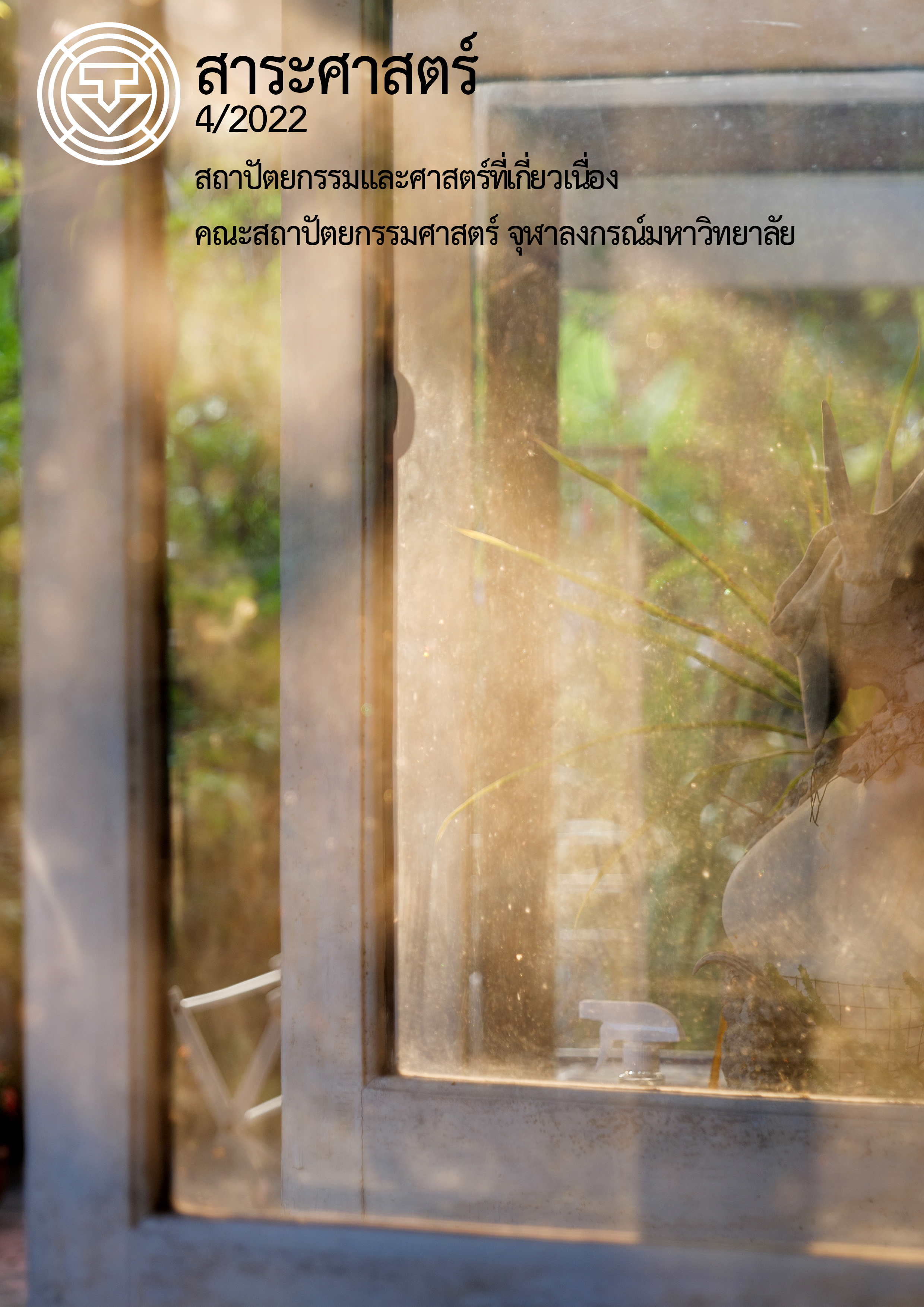The Impact of Tourism on Urban Renewal through Stakeholders’ Perspective: A Case of Post-Earthquake Urban Renewal in Kathmandu Valley in the Wake of Covid 19
Main Article Content
Abstract
A 7.8 magnitude earthquake and its subsequent aftershocks struck Nepal more than seven years ago on April 25, 2015, triggering a huge humanitarian disaster. The earthquake caused significant socioeconomic destruction, from which the country is yet to recover. Currently, with the covid-19 outbreak, Nepal is engulfed in yet another unprecedented crisis. Tourism has been one of the driving forces for the urban renewal efforts in Nepal, but the epidemic has caused the industry to collapse. The purpose of this study is to recognize the effect of tourism on urban renewal projects in the wake of covid and analyze the impact of covid-19 pandemic on post-earthquake urban renewal efforts in historical commercial areas of Kathmandu Valley. For making the entire system more transparent a range of qualitative techniques is applied, including system mapping, semi-structured interviews with stakeholders and locals, to understand the urban renewal processes and their outcomes. Using the primary data, a new approach to system mapping is developed which serves as a foundation for future strategy implementation and emphasize the necessity of understanding the influence of tourism on urban renewal strategies in Kathmandu. At different stages of the involvement process, and in relation to different outcomes, the participants narrated varying and even contradictory opinions about the urban renewal activities. The findings revealed that the government of Nepal has recognized tourism to have a vital role in urban renewal activities and it has both positive and negative influence upon urban renewal which can vary widely depending upon the various dimensions of urban renewal activities. While tourism has benefited the area in terms of increasing employment and revenue, it has also had a severe influence on the town's cultural and natural resources. The economic success achieved by tourism will not be sustainable in the long run unless the negative impact caused by tourism is addressed and mitigated. Hence, based on rigorous analysis, few strategic initiatives are proposed introducing more integrated planning mechanisms to help link physical, social, cultural, economic, and environmental preservation with tourism development which includes active stakeholder collaboration.
Article Details
References
Azhar Inam, J. A. (2015). Using causal loop diagrams for the initialization of stakeholder engagement in soil salinity management in agricultural watersheds in developing countries: A case study in the Rechna Doab watershed, Pakistan. Journal of Environment Management, 152, 251-267.
Baniya, B., Techato, K.-a., Ghimire, S. K., & Shrestha, G. C. (2018). A review of green roofs to mitigate urban heat. Applied Ecology and Environmental Sciences, 6(4), 137-152.
Commission, N. P. (2015). Nepal earthquake 2015, post disaster needs assessment vol. A: Key findings. Kathmandu: Government of Nepal.
Daly, P., Ninglekhu, S., Hollenbach, P., Barenstein, J. D., & Nguyen, D. (2017). Situating local stakeholders within national disaster governance structures: Rebuilding urban neighbourhoods following the 2015 Nepal earthquake. SAGE Journals, 29(2), 404-424. https://doi.org/10.1177/095624781772140
Kc, C., Karuppannan, S., & Sivam, A. (2018, March). Conservation of cultural heritage in Kathmandu Valley: A stakeholder perspective. In Proceedings of constructing an urban future: The sustainability and resilience of cities [Conference proceedings] (pp. 1-10). Abudhabi, United Arab Emirates.
Kealy, L., Marco, L., Hadzimuhamedovie, A., Marchand, T., Gregory, L. R., & Ploteau, A. (2021). Analysis of case studies in recovery and reconstruction, case studies vol. 2. Sharjah: ICOMOS-ICCROM.
Lekakis, S., Shakya, S., & Kostakis, V. (2018, August). Bringing the community back: A case study of the post-earthquake heritage restoration in Kathmandu Valley. Sustainability, 10(8), 1-17.
Panthhe, K. P., & Kokate, C. N. (2021, March 10). Impact of covid-19 on tourism sector in Nepal. Sustainability, Agri, Food and Environmental Research, 9(1), 107-122. https://doi.org/10.7770/safer-V9N1-art2396
Rijal, P. (2020, August 26). Didn't visit Nepal 2020. Retrieved from https://www.nepalitimes.com/here-now/didnt-visit-nepal-year-2020/
Ruiling Wang, G. L. (2019, March). Identifying the critical stakeholders for the sustainable development of architectural heritage of tourism: From the perspective of China. Sustainability, 11(6), 1671.
Sengupta, U., & Sharma, S. (2020, May 22). Opinion: How will COVID-19 impact Nepal’s earthquake-reconstruction efforts? Retrieved from https://www.devex.com/news/opinion-how-will-covid-19-impact-nepal-s-earthquake-reconstruction-efforts-97199
Sharma, K., KC, A., & Pokharel, B. (2019). Reconstruction of heritage structures in Nepal after 2015 Gorkha, Nepal earthquake. In 12th Canadian conference on earthquake engineering [Conference proceedings] (pp. 1-9). Quebec, Canada.
Weise, K. (2016). Nepal: Cultural continuity in post Gorkha earthquake rehabilitation (pp.102-109). https://doi.org/10.11588/hr.2015.0.51906


